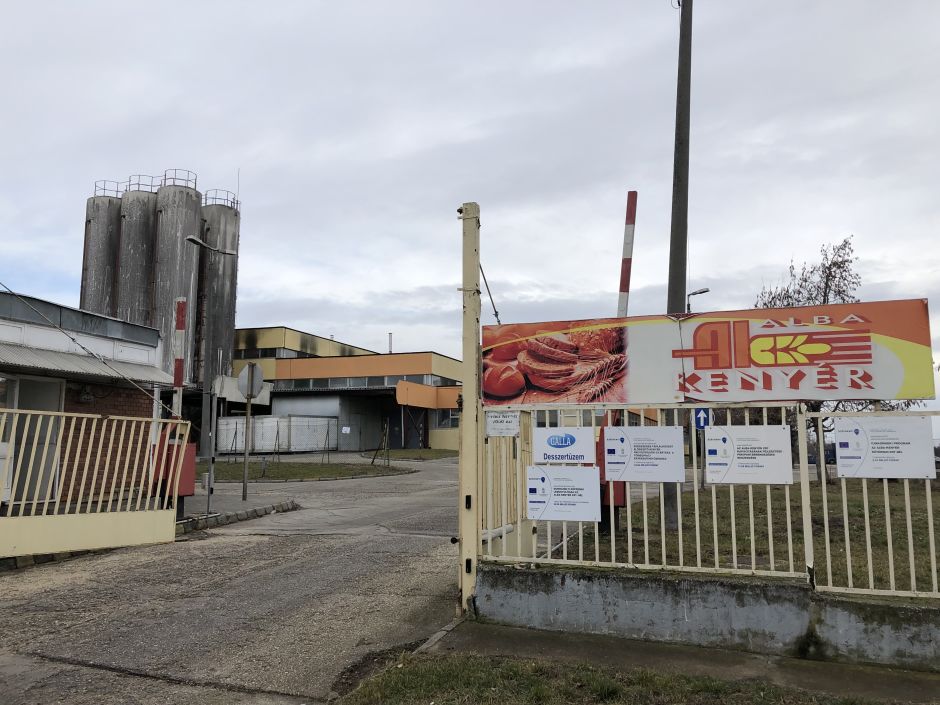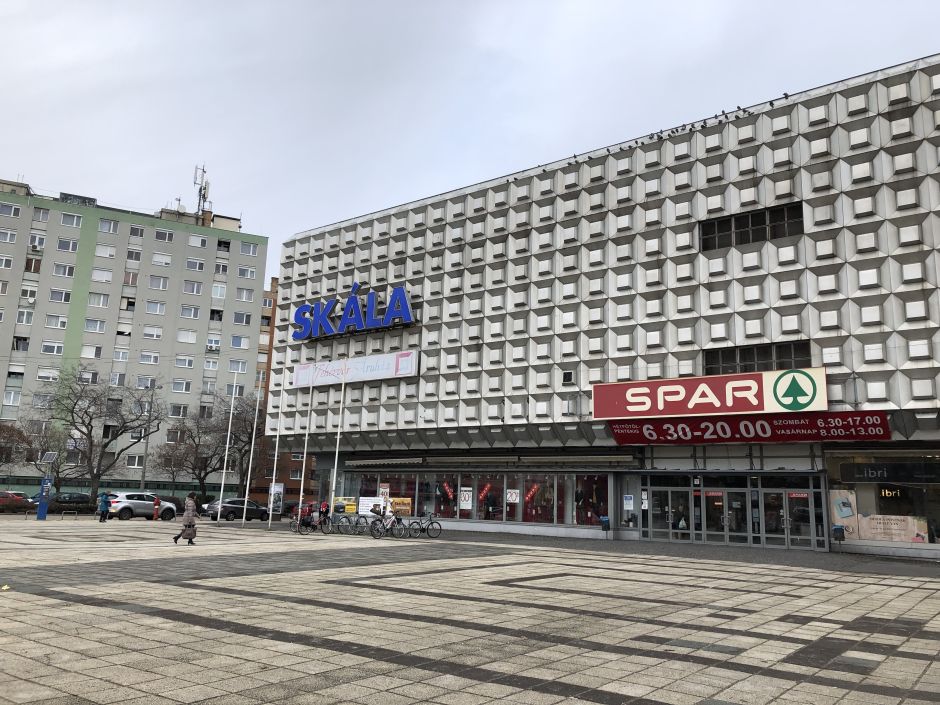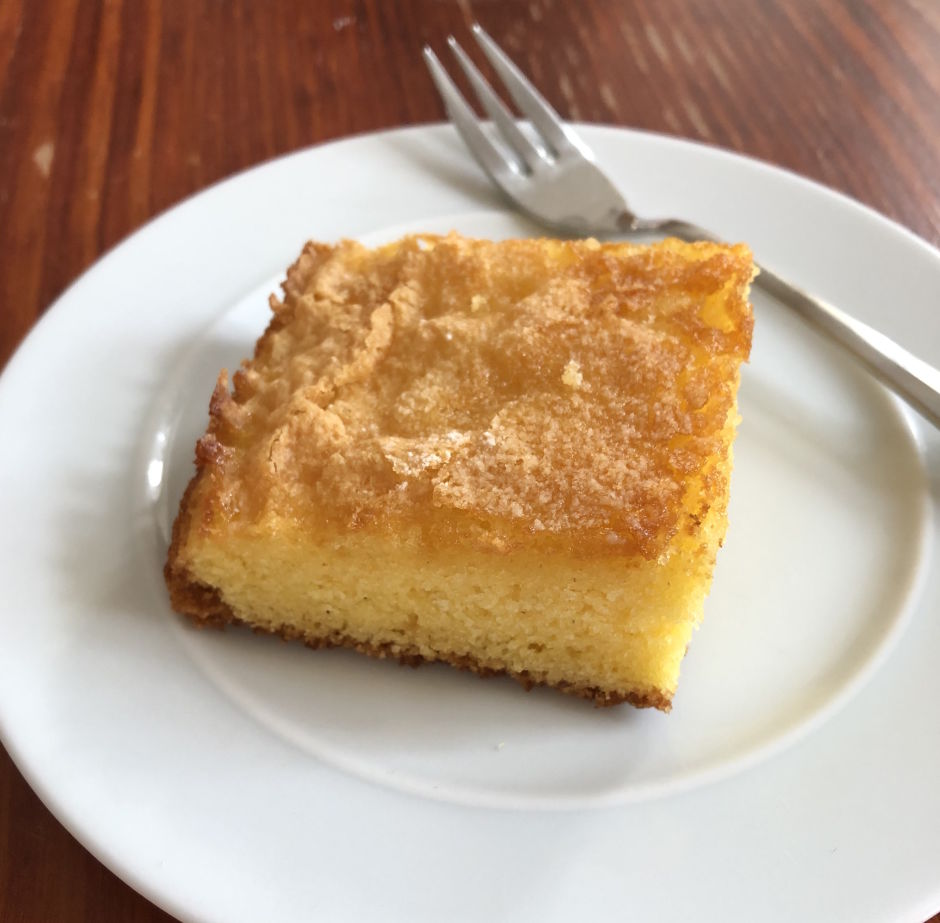Not only eroding traditions but a complete lack of commercial sense are leading to the loss of local Hungarian specialties. Case in point is the forgotten corn bread of Székesfehérvár.

A lasting memory of France, dating from childhood, are the large brown signs at the approach to historic towns and villages announcing each place’s unique attractions. Often enough, this being France, those attractions are culinary. “Dijon: its ducal palace, its gothic cathedral, its world-famous mustard.”
How would it be, I get to wondering, if Hungary were to do the same? But when I suggest the idea, my friends just laugh. “It makes no sense,” they say. “There is no regional cuisine in Hungary. Villages don’t have their own unique dishes.”
Is that true? And if so, why? The culprit that is usually dragged up to the whipping post is Communism. But is that fair? Every time I go to a certain friend’s house, there are tempting smells emanating from the kitchen, the aroma of some delicious concoction whose recipe Communism doesn’t seem to have managed to suppress. It’s only when I go out that I can’t get hajdúkáposzta, halászlé, túrós csusza. All those things that the patriotic 19th-century novelist and gourmet Mór Jókai listed as his absolute favourites.
My friend Kati knows how to make all of them. The trouble is, Kati is in her 70s and her knowledge has not been passed on to her children and grandchildren. If they go out to eat, those things won’t be on the menu. Or not in Budapest, anyway. Close to my first Budapest apartment, on Móricz Zsigmond körtér, was the Rigó Jancsi bakery which offered melt-in-the-mouth perfect túrós táska. The Rigó Jancsi closed down some years ago and a Pizza Forte opened in its place. I find that sad. Recently I went to try out a new coffee bar near my office in central Pest. A blackboard inscribed with the now-ubiquitous flowing chalk-pen script offered muffins, croissants, and cheesecake. I find that sad too.
Suddenly traditional pastries have become an endangered species. Is this a nationwide phenomenon? I decided to look further afield. My mission? First, to prove that uniquely Hungarian recipes haven’t disappeared, and, second, to reassure myself that we didn’t let this happen on our watch. I began in Székesfehérvár, some 60km west of Budapest, with a search for corn bread.
Why corn bread? Because in 1995 the Hungarian Agricultural Ministry co-published a two volume book entitled Hagyományok, Ízek, Régiók (Traditions, Tastes, Regions) cataloguing typical foodstuffs up and down the country. Fehérvári kukoricás kenyér, “Corn bread from Székesfehérvár,” is listed in it as a Hungarikum, in other words a quality product which also carries with it a quintessential aura of Hungarianness. Pálinka is a Hungarikum, for example. So is fröccs.
Corn bread, made from a mixture of maize and wheat flours, has a golden crispy crust and a soft, pale yellow interior. The improved moisture retention properties of the mixed flours mean that it stays fresher longer. It sounds interesting. I’m on the next commuter train out of Déli.
The flat farmland around Székesfehérvár, stretching west to Lake Balaton, is prime maize growing country. Right behind the railway station is the Alba-Kenyér Zrt. mill and bread factory. When I speak to them on the phone they are very enthusiastic. “Corn bread? Of course we make corn bread!” the lady tells me proudly. “Fehérvári Corn Bread,” she adds for good measure. She goes on to list all the stores in Székesfehérvár which sell it. What joy! A true local product. I’m imagining it as the pride of Székesfehérvár, with every baked goods outlet in the city making a special feature out of it.

Turns out, not one of them does this. In every place I try, asking for corn bread, I get a blank look and a shrug.
“Nincsen sajnos.”
Eventually I find a couple of loaves of it at the Penny Market—but it is not made by Alba-Kenyér (which is literally right around the corner). It comes from Siófok. Still, it looks good and it has no plastic packaging. It is stacked straight onto the slatted wooden shelves and has a label stuck onto the crust saying it will be good till Friday. Today is Wednesday. It smells great. I buy one. Then I decide to pay an impromptu visit to the factory.
It’s in a bleak industrial park and looks like something from a dystopian movie set in around 1973. There is not a soul in sight except for two women having a cigarette break. The gates are open and there are no guard dogs so I head on in. They admit that the Penny Market (even though it is literally round the corner) does not stock their stuff. “But you will find it in the Spar,” I’m reassured, “We definitely deliver to them."

It’s true, the Spar does have Alba-Kenyér bread. But not corn bread. In fact, when I come to take a look at Alba-Kenyér’s website, I discover that even there, there is no mention of corn bread. They advertise whole wheat, multi-grain, and rye. The phone conversation with the enthusiastic sales lady begins to feel like something out of a parallel universe. This is a problem on two levels. Alba-Kenyér makes a product that they don’t publicize and—perhaps not surprisingly—that no one seems to sell. “Corn bread? No, we never have that,” they tell me in every pékség I try. No one in Székesfehérvár seems aware that this local gastro-phenomenon exists. No supply and no demand are locked in a vicious circle.
The reasons for its demise could be demographic and wealth-oriented. Cornmeal was traditionally a poor person’s food. Only the wealthy ate wheat. As people’s living standards grew, so did their appetites for finer things. More meat, more wheat. Less offal, less maize. Maize was also traditionally a rural food. And after WWII, Székesfehérvár rapidly lost its rural character as it was turned into an industrial city. The factory workers who moved here would have had different lifestyles and different diets from the agricultural families who originally predominated. Maybe.
But the cornmeal staple mămăligă has survived and is a national food in Romania. Polenta is the same in northeast Italy. Hungary has (or had) an equivalent: puliszka. But it is rarely found nowadays. I paused to scan a few of Székesfehérvár’s restaurant menus but none of them were making a feature of their maize-rich heritage. In fact, the listings were barely recognizably Hungarian. The carb accompaniments offered with main dishes were gnocchi (not nudli) and risotto (not rizskása).

It’s sad to see a local tradition die. Particularly a maize-based tradition at a time in human history when everyone wants to eat less gluten. Corn bread would seem to be a natural choice. I came away from the Székesfehérvár Spar with a 1 kg bag of maize flour. Back in Budapest, I looked up an old recipe for kukorica málé (maize-flour cake) and baked a batch. It was fantastic. And the funny thing was, a few days later, I was in London, in a café, and on the counter was a tray of golden yellow fancy cakes.
“I’ll take one of those. What is it?” “Polenta cake.”
Polenta cake! You can bake it with orange juice to make it extra moist. Or with syrup to make it more gooey. You can sprinkle it with powdered sugar and flaked almonds. You can eat it with apricot jam. Whatever you do with it, it’s essentially the same thing as Hungarian málé. Come on, Székesfehérvár, you’re missing a trick. The time is ripe for your local speciality. The world wants to eat maize and you are well placed to provide it. One day I hope to drive past your city rim and see a large brown sign: “Székesfehérvár: its royal tombs, its thermal baths, its traditional maize bread.”
Annabel Barber is the Editorial Director of Blue Guides, a London-based guide book series specializing in history, art and architecture. Annabel's latest book is "Hungary Food Companion."